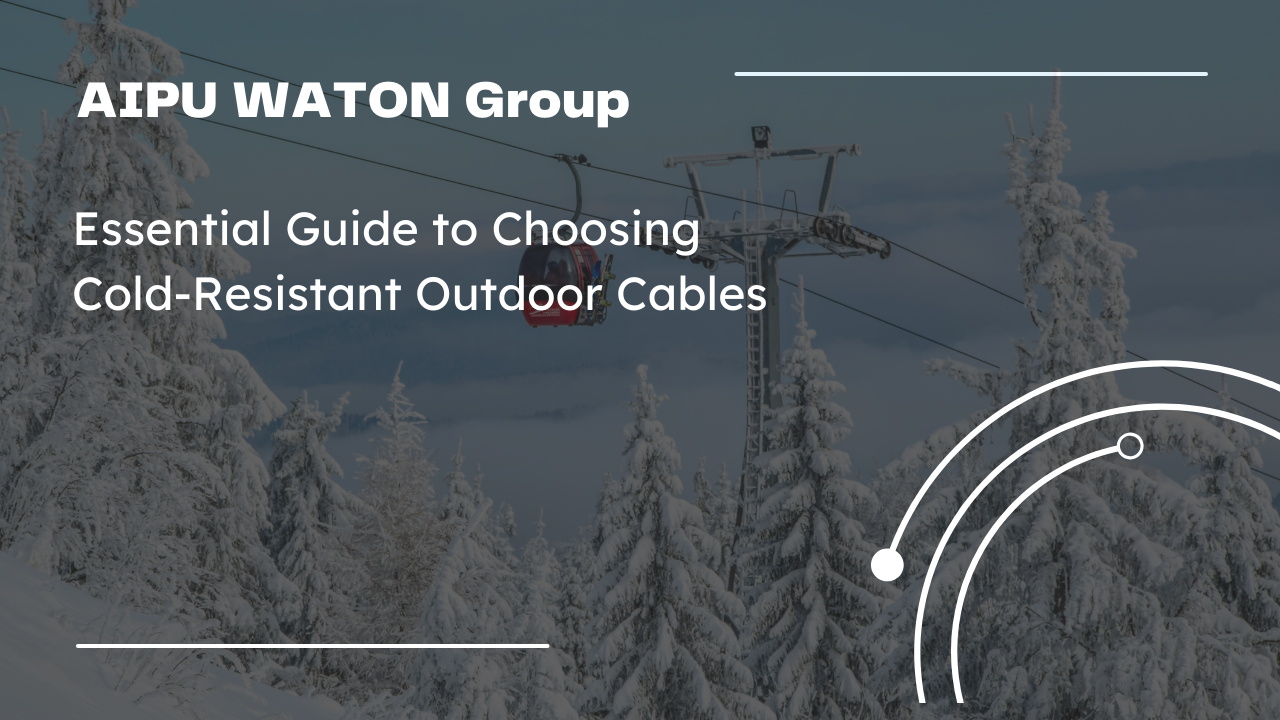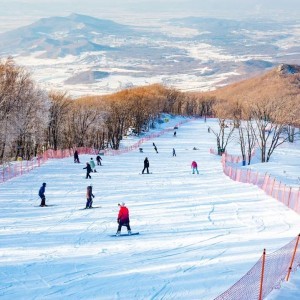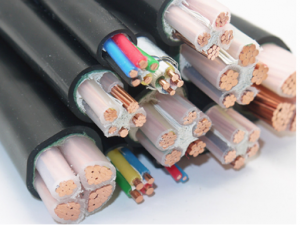For BMS, BUS, Industrial, Instrumentation Cable.

Why Outdoor Cables Are Sensitive to Cold
Are you ready for winter? When the cold weather hits, outdoor electrical systems face unique challenges. To maintain reliable power and ensure safety, selecting the right outdoor cables is critical. In this blog post, we’ll explore everything you need to know about choosing and installing cold-resistant cables for winter. We’ll also introduce you to the top cold-resistant cable options.




Choosing the Right Outdoor Cables for Winter
Are you ready for winter? When the cold weather hits, outdoor electrical systems face unique challenges. To maintain reliable power and ensure safety, selecting the right outdoor cables is critical. In this blog post, we’ll explore everything you need to know about choosing and installing cold-resistant cables for winter. We’ll also introduce you to the top cold-resistant cable options.
Best Practices for Laying Outdoor Cables in Winter
Proper installation techniques are just as critical as selecting the right cables. Here’s how to ensure your cables perform reliably during winter:
Recommended Cold-Resistant Cables
For optimal performance during winter months, consider our featured product: Cold-Resistant FD Series.


Conclusion
Selecting the right outdoor cables for winter is crucial for the safety and functionality of your electrical systems. By considering factors such as cold resistance, materials, and installation practices, you can ensure your investments perform reliably in harsh winter conditions.
For high-quality, cold-resistant cables, choose AipuWaton—your go-to brand for resilient and reliable solutions tailored for winter applications.
Control Cables
Structured Cabling System
Network&Data, Fiber-Optic Cable, Patch Cord, Modules, Faceplate
Apr.16th-18th, 2024 Middle-East-Energy in Dubai
Apr.16th-18th, 2024 Securika in Moscow
May.9th, 2024 NEW PRODUCTS & TECHNOLOGIES LAUNCH EVENT in Shanghai
Oct.22nd-25th, 2024 SECURITY CHINA in Beijing
Nov.19-20, 2024 CONNECTED WORLD KSA
Post time: Jan-15-2025
